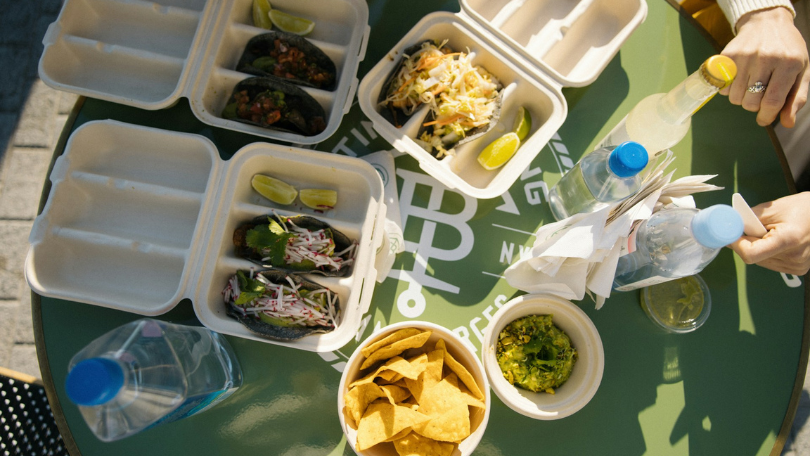A new food trend is gaining momentum among young people in China – the “leftover food blind box,” or shengcai manghe.
The concept offers customers surprise meal packages at discounted prices while tackling one of the food industry’s biggest problems: waste.
Inspired by the Danish app Too Good To Go, which launched in 2015 to help restaurants sell unsold food at the end of the day, the trend has found enthusiastic adopters in Chinese cities such as Beijing, Shanghai, and Chengdu.
Online platforms like Xishi Magic Bag and Quxiaodai now connect bakeries and local food stores with nearby customers; many of them busy office workers looking for convenient, affordable meals.
The way these “blind boxes” work varies from store to store. Some pre-pack their unsold items in advance, while others let customers choose from remaining products close to closing time.
Either way, the exact contents are usually a surprise, part of the fun for many customers.
But not everyone enjoys the mystery.
“Some customers pay more attention to whether the items are what they like,” said Karen Yang, owner of Xiaorizi Cafe in Shanghai, which began offering bread blind boxes after China lifted its Covid-19 restrictions.
“We wanted to minimise food waste and promote a shared appreciation for food,” said Yang.
“We never sell day-old bread, but we also don’t endorse the practice of throwing away good bread just to prove a point.”
At Xiaorizi Cafe, a bread blind box costs less than US$4 and typically includes three loaves,sometimes more during slower business days.
The cafe also runs a low-cost version for delivery riders, priced at just $1, or given away for free when there’s extra bread left over.
Yang said the idea has caught on quickly. “Many customers now ask about our blind boxes even during the day,” she said.
Still, challenges remain. The platforms facilitating leftover blind box sales are new, with limited partner stores and inconsistent quality control. China’s market regulators have also issued strict guidelines around blind box sales, especially those involving food, putting the concept in a legal grey zone.
Even so, the trend is growing, offering a glimpse into how creativity and sustainability can come together to reduce waste and reimagine how people think about food.


